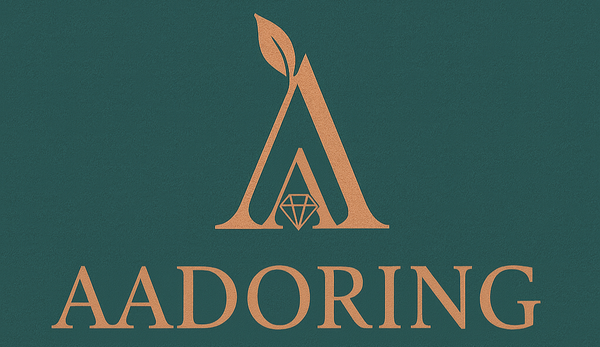All About Lab Diamonds
All About Lab Diamonds
What is a lab diamond? (vs. natural)
Same diamond, different origin. A lab-grown diamond is pure carbon crystalized in a lab using high heat and pressure (HPHT) or vapor growth (CVD). A natural diamond forms in the earth over time.
Chemically, physically, optically identical. Both score 10/10 on the Mohs hardness scale, both have the same brilliance and fire, and both can be graded by the same “4Cs” (cut, color, clarity, carat).
How you can tell the difference: You can’t with the naked eye. Specialized instruments can see tiny growth features that indicate lab or natural origin—your grading certificate will state the origin clearly.
Why many couples choose lab-grown: modern tech, transparent origin, and more design flexibility for your budget.
In short: lab-grown and natural are both real diamonds—the difference is where they’re made.
How to care for a lab diamond
Everyday clean: Soak in warm water with a drop of mild dish soap. Gently brush the stone and setting with a soft toothbrush, rinse, and pat dry with a lint-free cloth.
Keep it bright: Lotions, sunscreen, and hand soap leave films—quick weekly cleans keep sparkle high.
Ultrasonic/steam: Diamonds tolerate these well, but check the setting first (older prongs or delicate pavé may need gentler cleaning).
Protect the setting: Take rings off for heavy lifting, gym work, and harsh chemicals (bleach/chlorine).
Storage: Use a soft pouch or separate slot so stones don’t scratch other jewelry.
Check-ups: Have prongs and settings inspected about once a year (or after a hard knock).
IGI & GIA diamond certification (what it means for you)
What a certificate is: An independent grading report that documents your diamond’s 4Cs, measurements, and identifying features, plus a unique report number (usually laser-inscribed on the girdle).
Two widely recognized labs:
GIA — Gemological Institute of America: long-standing global standard; issues Laboratory-Grown Diamond reports for lab-grown stones and traditional reports for natural stones.
IGI — International Gemological Institute: widely used for lab-grown; issues Laboratory-Grown Diamond reports with full 4C grading.
Do the grades match across labs? Grading is done by humans with instruments; different labs can vary slightly. That’s normal. What matters is consistency and transparency—your report will clearly state the grades and origin.
How to read yours (quick checklist):
1. Confirm origin (“Laboratory-Grown” or “Natural”).
2. Review the 4Cs and measurements (table, depth).
3. Note cut grade (for round brilliants) and polish/symmetry.
4. Match the laser inscription to the report number.
5. Keep a digital copy with your purchase documents.
AAdoring promise: Every AAdoring center stone comes with an independent IGI or GIA report and a clear explanation of your options during design.
